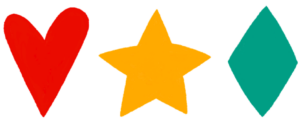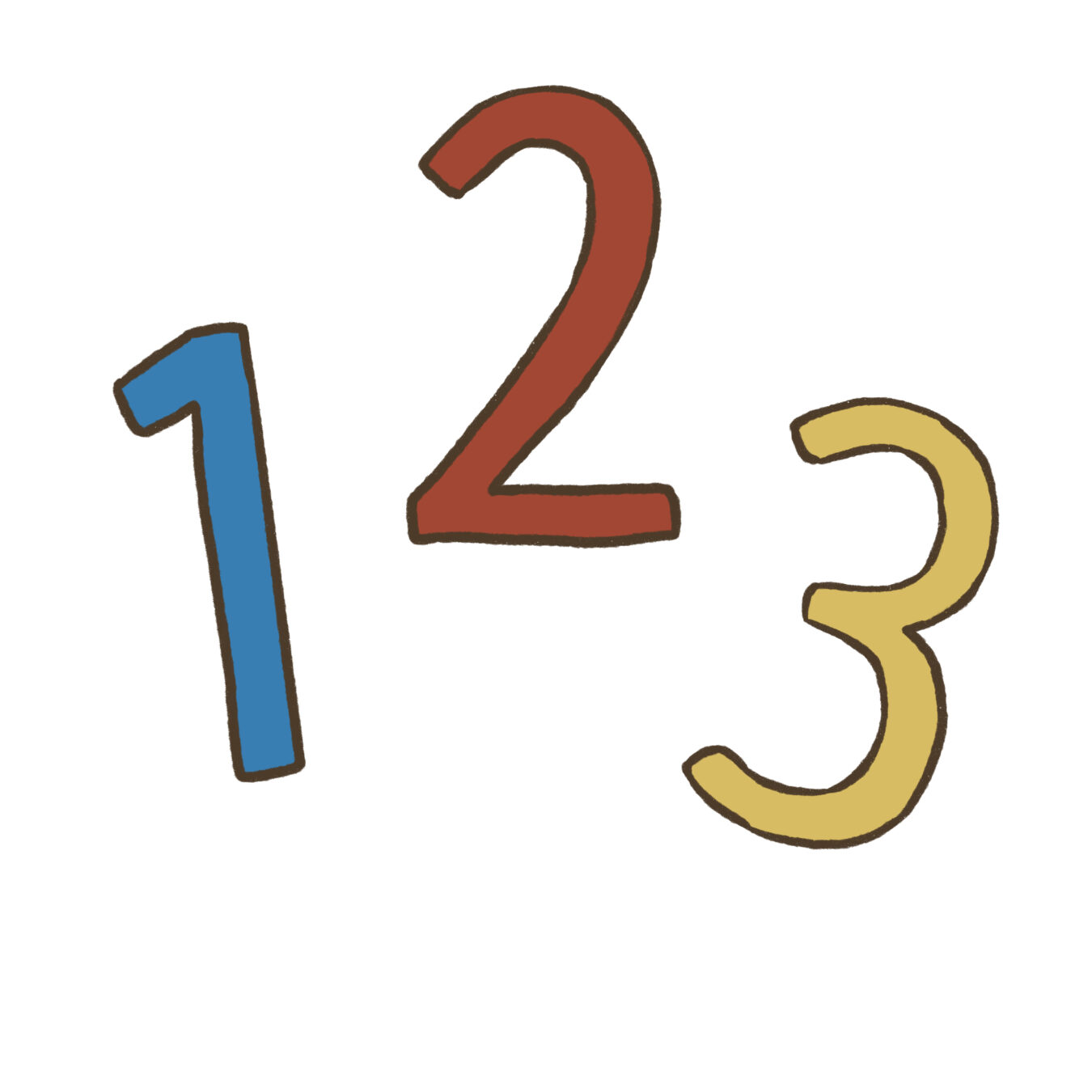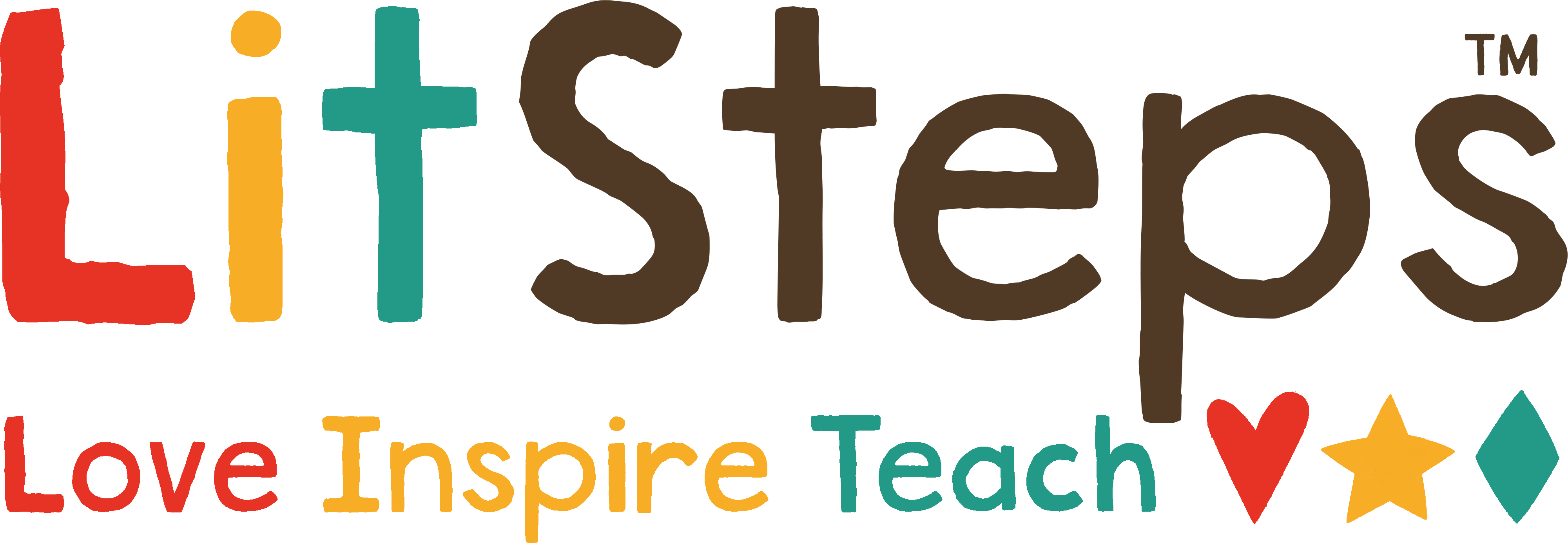
Teach
Learning Numbers
Counting with Kids
Learning how to count and recognize numerals is the precursor to math skill development. But not to worry. Teaching children number sense is fun and can be seamlessly incorporated into almost any of your child's daily activities.
Skill Building
Why
Young learners often confuse numerals with letters. Teaching numeric concepts before teaching the numeric symbol helps. Teaching your child to count and identify numbers builds their number sense and gives them the background they'll need to move on to more complex math skills like addition and subtraction.
What
Focus on the numerals zero to five first, then expand their learning from zero to ten. Include zero from the start. The concept of zero is difficult for young children to grasp, so introduce it early.
How
One nose, two socks, three bears. We use numbers throughout the day. Count everything your child interacts with- the pieces of furniture in the room, the slices of apple on their plate, their fingers, toes, and stuffed animals. One of the best ways to count with children is by moving things from one group to another. As you're counting apple slices, move each slice from one side of their plate to the other so they see the growing group. Then count backwards as your child eats the apple slices until there are zero slices left.
Where
The opportunities to learn numbers are infinite! No matter where your child is or what they're doing, you can find something to count. How many shirts are hanging in the closet? How many doors are there in the apartment?
When
Children love having a job to do, so give them a task. Count clouds in the day and stars at night. Count the trees on the way to school, and stop signs on the way home. How many dogs can your child count on the drive to the grocery store? How many people are in the restaurant at dinner time? Make a game of it. Ask them to guess how many socks are in a pile, then count them. They won't need to be rewarded as long as they have you for company.
Next
Learning to count is done in stages. 0-5, then 0-10, then 0-20, and so on. After your child learns to count up to 100, they can learn to count by 10's, 5's, and 2's,. They must learn the difference between odd and even numbers, as well as learn to sort, compare, and sequence groups of items. Each new skill is built on the back of the last. Go slow, pay attention, and you'll see what your child is ready for next.


